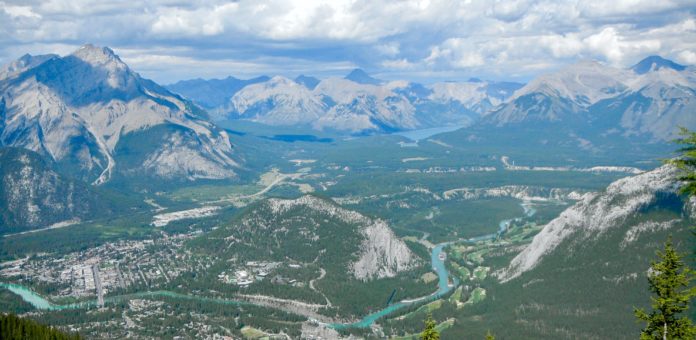The Jasper National Park in the Canadian Rocky Mountains has clear streams and rivers flowing through evergreen coniferous forests. Add to that some snow-capped peaks, mountain passes that are above the forest line, and meadows, and you get the feeling of a trip inside a particularly beautiful painting or a postcard. Here are a few tips for tracking in the area.
The Canadian Rockies are part of a young geological system, which also includes the American Rockies. Along the way, you’ll often meet herds of elk, squirrels, marmots, mountain goats, or chickens, and with a little luck, a bear or two.
The most suitable time for a trip to the area is from mid-May to mid-October. May-June may be too cold and wet, and July-August will be drier but more crowded with hikers. Towards October, temperatures drop at night.
As a rule, you can expect one rainy day out of three days of tracking, but it is worth remembering that the climate in the mountains is subject to extreme changes, and even in August, after several warm days, the area can be stormy and it may start snowing.












